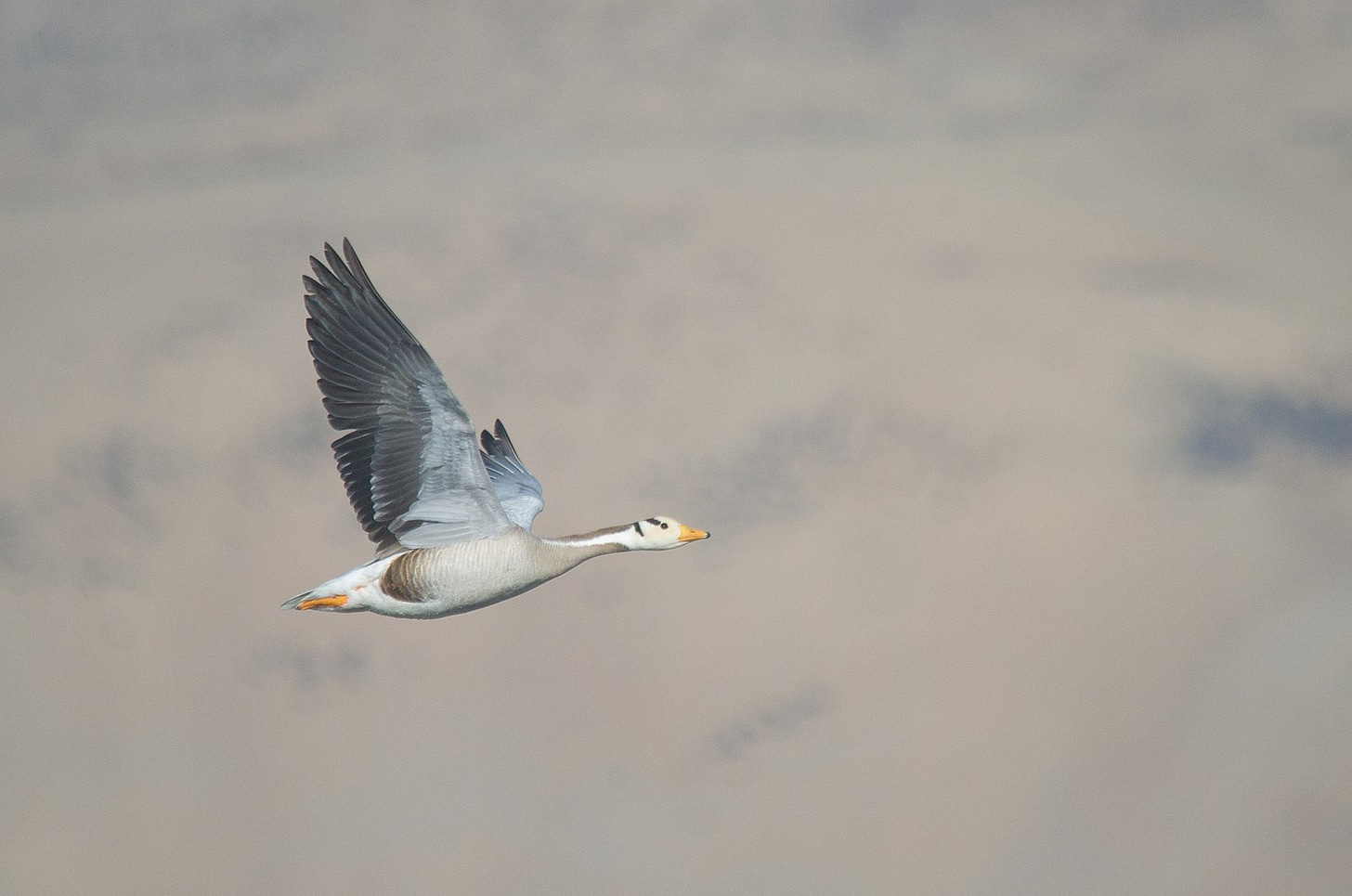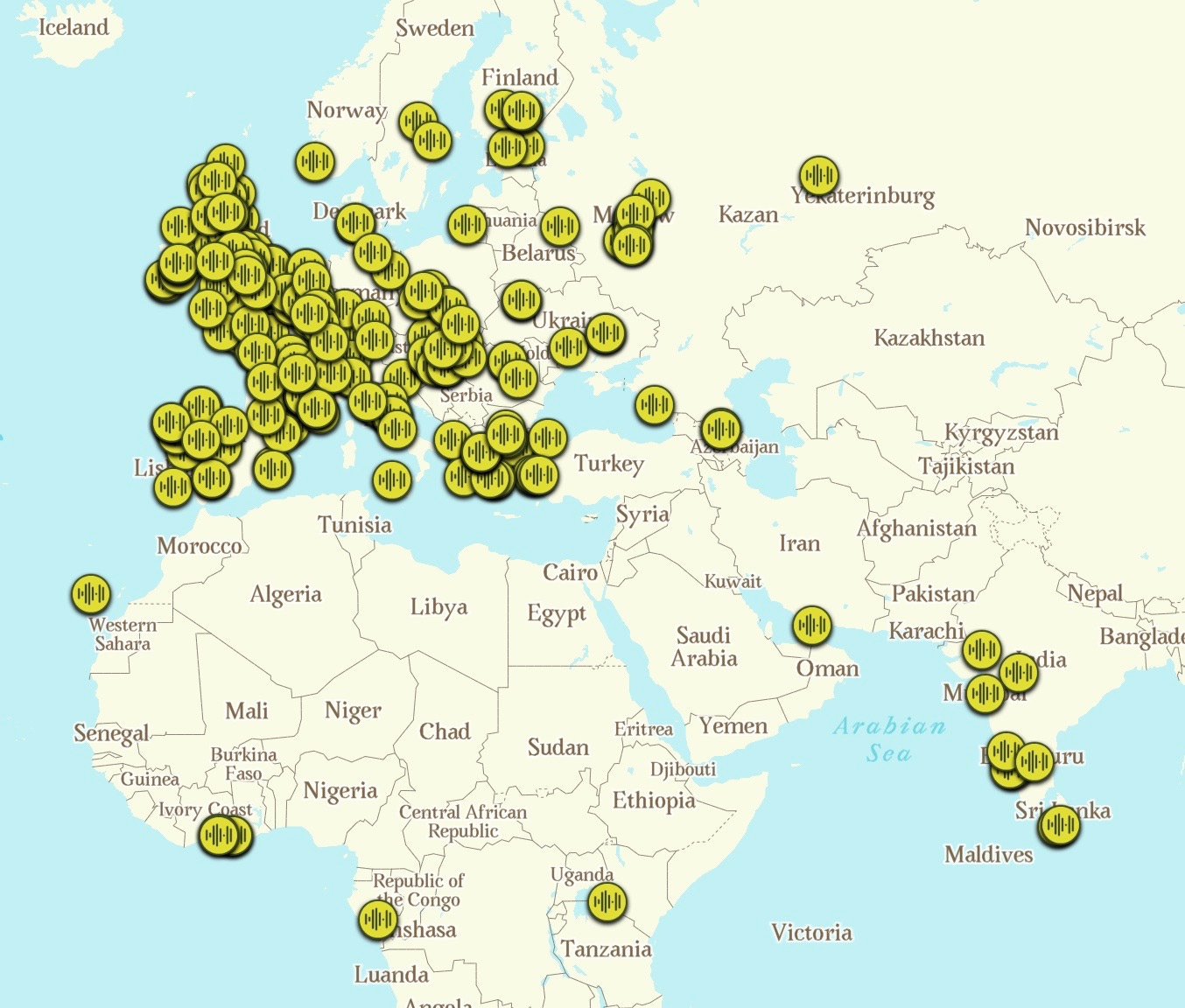Thing 1 – Bicycle
A cycling Grand Tour is not for the faint of heart. I don’t mean riding it – that’s the preserve of lunatics. No, merely watching one takes commitment, stamina and discipline. Three weeks they last – a gruelling daily five-hour routine of sofa-sitting, snack management and admin wrangling. The self-employed cycling fan knows better than to do the tedious chores that count as ‘work’ in the morning – leave that till the afternoon, when you can do it all to the backdrop of 175 uber-athletes spinning through the Italian/French/Spanish1 countryside – often to apparently no purpose – until either a frantic burst of activity right at the end, a dickhead-lined hill climb, or, just occasionally, the heartbreaking spectacle of a rider cycling by himself for over 100km only to be overtaken by the mob metres from the line.
For many people the allure of cycling, like that of Test cricket, is… well, let’s just say ‘elusive’. There are whole swathes of time when absolutely nothing seems to be happening, and when action does break out it’s absolutely incomprehensible. And it all goes on FOR AGES.
That’s the point, though. It’s the very length of it that draws you in, the larger rhythms unfolding over time, a series of mini-incidents playing out in the context of the bigger story. This allure is beautifully explained in this piece from 2014 by Emma Townshend.
If the whole concept of bike racing befuddles you, here’s a good explainer of how a Grand Tour works. And if you’ve ever wondered just how tough professional bike racing is, you might want to watch this footage from inside the peloton, this footage from an infamous mountain stage in the Tour de France a few years ago, or perhaps this documentary about the folly of a group of amateur cyclists wanting to emulate the professionals.
The fundamental story of this iteration of the Giro d’Italia hinged on the withdrawal, for various reasons, of more than 50 of the participants over the course of the three weeks. Terrible weather played its part, accounting for tumbles aplenty in the early stages. Covid caused a few more. And as I write there are three riders still in with a chance of winning, the final result hinging on their ability to cycle up this hill by themselves as quickly as possible.
I feel ill just looking at it.
The ‘by themselves’ bit is important. Many things are easier if you do them alone – cycling quickly isn’t one of them. As the estimable Alex Bowden writes here, bike racing is based on a simple concept: it’s easier to ride behind someone else.
All of this cycling talk has really served as an introduction to this superb explanation of what exactly is going on when you ride a bicycle, which exemplifies the cardinal rule of science explaining – make the lay reader feel clever, not stupid. It has a few equations, sure, but I adopt the same approach to those as Linus van Pelt does to Russian names.
And even if the mechanics of it leaves you befuddled, you get to fiddle with sliders, and that’s always a win.
Thing 2 – Goose
It was while watching the cycling that I got to thinking about geese. It comes to us all, this kind of thing, and all I can say is that when the urge comes all you can do is embrace it.
A flock of geese on migration, arrowhead formation straggling across the sky, is one of the great nature spectacles. And that arrowhead formation is based on similar aerodynamic principles to the cycling peloton. But while the cyclists take advantage of the ‘hole’ punched in the air by their leader, lining up behind them in a long train, with geese it’s more to do with the turbulence caused by flapping wings. They create both upwash (good) and downwash (bad) – the trick is to take advantage of the former while reducing the effect of the latter. The best position for this is just behind and to one side of the goose in front, your wingtip aligning with theirs. This way they expend less energy and have to flap less hard. They can also synchronise their wingbeats with the leading goose (being careful to avoid wingtip collisions) to make things still easier. It’s not clear whether they stay in sync by watching the geese in front or if there are more complex mechanisms at play, but the result of this collaborative effort is that the group as a whole can travel further and more efficiently than a lone individual.
This is all impressive enough, but for truly mind-blowing anserine exploits, we look to one species, the bar-headed goose.
Perfectly normal goose, to look at it. Stout, long-necked, would probably peck your hand off given half a chance. But these geese are not like other geese. They breed on highland plateaux to the north of the Himalayas; they winter in lowland swamps to the south of the Himalayas.
I’m sure you can see where this is going.
Many birds, faced with that migratory journey, might look at the massive obstacle in their path, mutter “I’m not bloody going up there”, and take the long way round, trading the extra mileage for their ability to stay at lower altitudes, where the air is thicker and flying not such hard work.
Not the bar-headed geese. Up they fly. Up, up, up, for really quite a long time. Bar-headed geese have been recorded at 7,290 metres, with anecdotal reports of birds flying at 8,000 and above.
Why?
Their internal anatomy is astonishingly well suited to altitude flying. Their lungs are bigger than those of other geese, and they breathe more deeply. This means that their capacity for oxygen consumption is about twice that of your local park goose. This helps them stave off hypoxia, the symptoms of which include – ever so inconveniently – death. And what with it being cold up there, and therefore harder to generate lift, and what with flapping flight using between 10 and 15 times more oxygen than resting, even at sea level, this capacity means their high altitude journey is possible, even if it has them working at the limits of what is possible.
How they evolved this capacity isn’t known, but one suggestion is that when their ancestors started the journey, say about 3 million years ago, the Himalayas were lower. As the mountains grew, the birds evolved the capacity to deal with the gradual increase in height.
This is the kind of thing that, no matter how often I read about it, makes me feel a bit giddy. Perhaps it’s hypoxia.
I’ve devoted a whole chapter to geese in Taking Flight.
Thing 3 – Failure
Ever feel like a failure? Take heart. You are not alone. And we should, as this short film about Sweden’s Museum of Failure emphasises, celebrate, embrace and learn from our failures much more.
Thing 4 – Chronophoto
The concept of this fun game is simplicity itself. You are given five photos. Simply guess which year each one was taken. Not that we’re competing, but I got 2256 on my first go.
Thing 5 – Forest sounds
Do you need to unwind? Do you yearn to slough off the whatnots of everyday life and bathe in the soothing balm of That Wonderful Thing We Call Nature™?
You probably do.
But perhaps there’s a problem. Perhaps it’s too much of a faff to get to your local green space. Perhaps you don’t have one. Perhaps you do but for whatever reason it’s not quite doing it for you. Perhaps there are too many dog walkers or someone’s playing loud music or you can hear the strimmers going even though it’s No Mow May. Or perhaps you merely want a change of scenery, to experience someone else’s forest for a change.
What you need is Sounds of the Forest, a global sound map bringing the ambient noises of the world’s woodlands to your desktop.
Thing 6 – Canaan Premier League
This made me laugh probably a bit more than absolutely necessary.
Delete according to whether you’re watching the Giro d’Italia in May, the Tour de France in July or the Vuelta a España in September.











Well I'm going to be wasting a LOT of time on Chronophoto. Thank you VERY much Lev (said in a Margo voice).
Great post. Geese, in general, are fascinating creatures.I think all migratory birds are incredible as to what they have to do to survive it. Great goose evolution